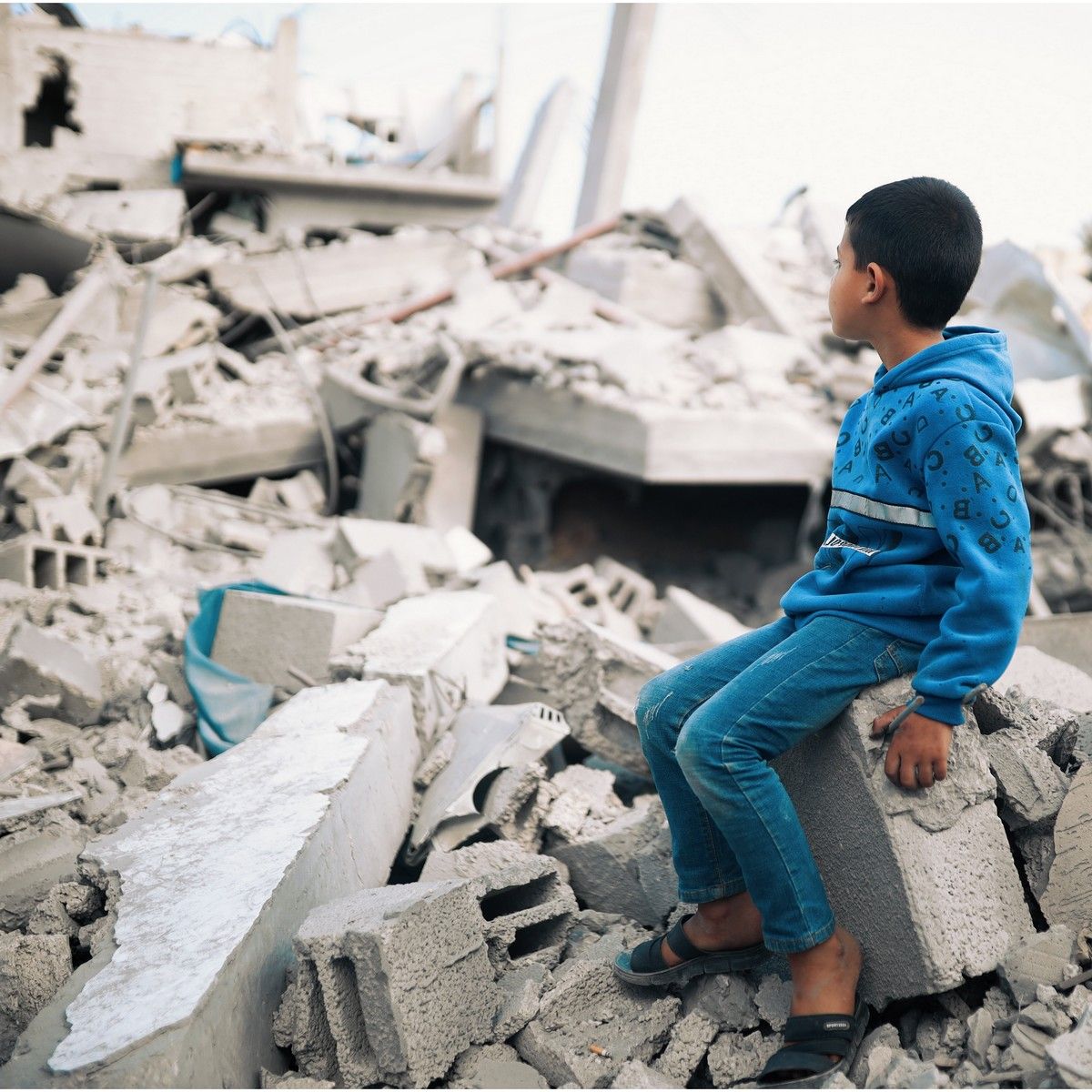Ep7 - Gaza: War Crimes or Genocide?

Today, we're tackling a topic we've been thinking about for a long time: the Israeli-Palestinian conflict. This time, the thesis we want to dismantle is this: what's happening in the Gaza Strip isn't a conflict, but a real genocide. The thesis we intend to argue, in our opinion, isn't actually that strong or counter-current, because the facts speak for themselves. There's nothing to prove. However, the current narrative fed to us daily by mainstream media is diametrically opposed. They generally speak of war crimes, in a childish and illusory attempt to hide the truth. The truth, however, is monumental, as we'll see, and trying to hide it only provokes widespread indignation, causing the media's reputation to hit rock bottom. As usual, in our analyses, we start with the facts.
What is the Gaza Strip?
First, let's geographically frame the area in question. The Gaza Strip is a densely populated coastal strip of land along the Mediterranean Sea, bordering Israel to the north and east, and Egypt to the southwest. It's geographically separated from the West Bank. It's a coastal region with a surface area of 360 km².
To give you an idea of its size, we can say it's more or less the size of the entire Republic of Malta (about 316 km²) or a bit smaller than the Principality of Andorra (468 km²). It's about one and a half times the size of Elba Island (224 km²) in Italy's Tyrrhenian Sea. Despite its extremely small size, the Gaza Strip is one of the most densely populated places in the world, which enormously exacerbates living conditions in case of conflict or blockade.
Gaza's Population: A Sea of Children
This small area is populated by over two million inhabitants (October 2023). Of these, 1,240,082 are Palestinian refugees, a crucial figure registered with UNRWA (the United Nations Relief and Works Agency for Palestine Refugees in the Near East). This highlights the demographic composition of the Strip, largely made up of people or descendants of people displaced from the territories that are now Israel during the Arab-Israeli wars.
Let's look a bit deeper into the demographics: a very high percentage of the Palestinian population consists of children and young people. How many of these children are there? According to the Palestinian Central Bureau of Statistics (PCBS) and data confirmed by UNICEF and other sources for 2024-2025, children under 18 years old make up about 43% of the entire Palestinian population (West Bank and Gaza Strip combined). In the Gaza Strip in particular, this percentage is even higher, reaching about 47% of the population under 18. In other words, almost one out of every two Palestinians in Gaza is a minor. If you consider the under-15 age group, it's about 37% for all of Palestine and over 40% for the Gaza Strip.
The Origin of Palestinian Refugees
Now that we have a clear understanding of the area's geography and demographics, let's delve deeper into the status of Palestinian refugees. Most of the "Palestinian refugees" we refer to are people (or their descendants) who were forced to abandon their homes or fled from the territories that became the State of Israel primarily during two key periods: the Arab-Israeli War of 1948 and the Six-Day War of 1967.
- The Arab-Israeli War of 1948 (or "Nakba" - catastrophe - for Palestinians): when the State of Israel was declared in May 1948, a war broke out between the newly formed Israel and the surrounding Arab states. During and immediately after this conflict, hundreds of thousands of Palestinian Arabs (estimated between 700,000 and 750,000) fled or were expelled from their homes and villages, becoming refugees in neighboring countries (like Jordan, Syria, Lebanon) and in the remaining Palestinian territories (West Bank and Gaza Strip).
- The Six-Day War of 1967 (or "Naksa" - setback - for Palestinians): during this war, Israel conquered the West Bank (including East Jerusalem), which was previously under Jordanian control; the Gaza Strip, previously under Egyptian control; the Golan Heights, previously controlled by Syria; and the Sinai Peninsula, previously controlled by Egypt. Another significant wave of Palestinians (around 200,000-300,000) was displaced from the West Bank and Gaza, many of whom became refugees for the second time or joined existing refugee camps...
